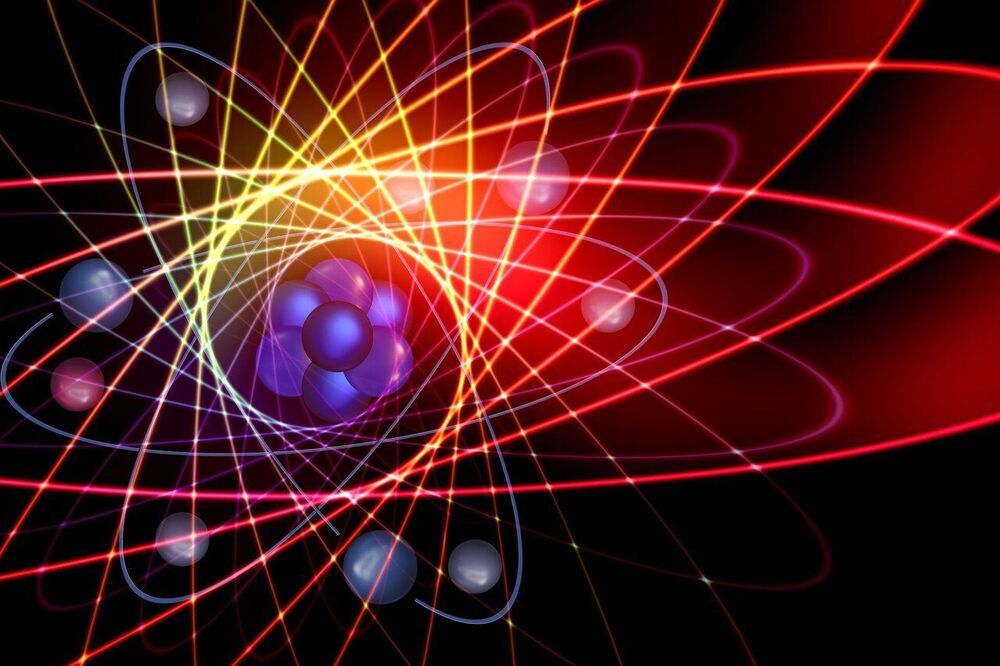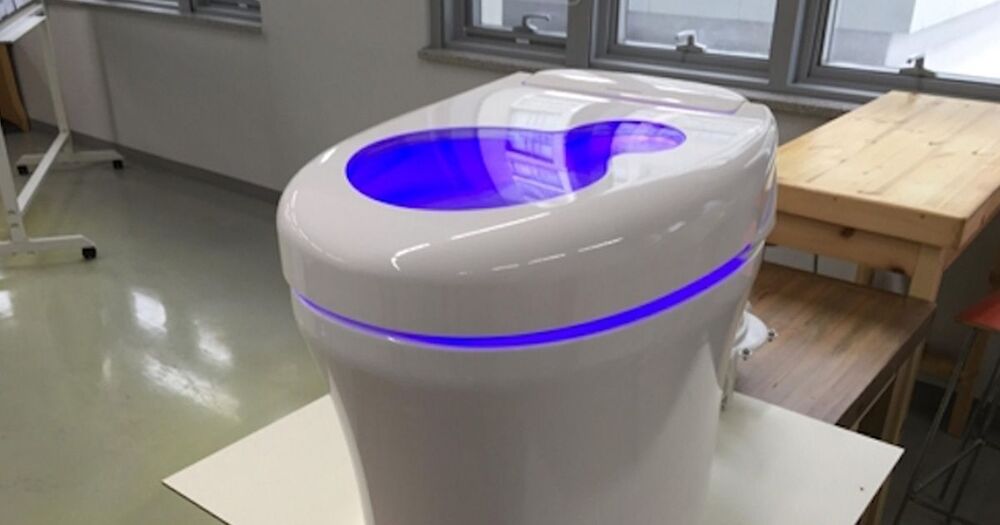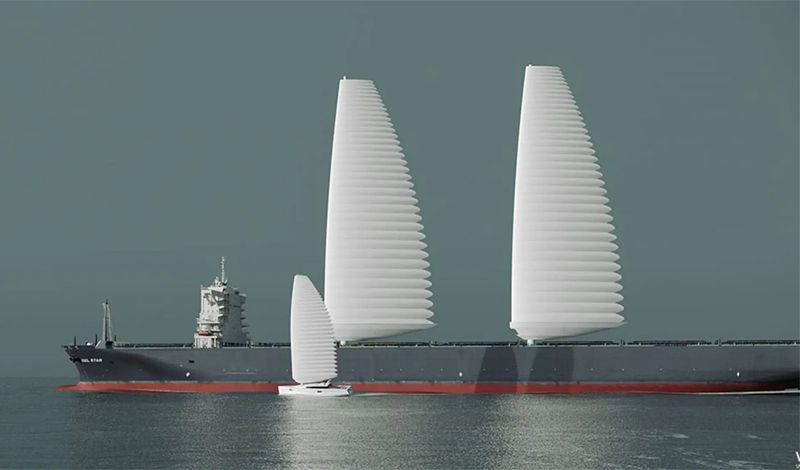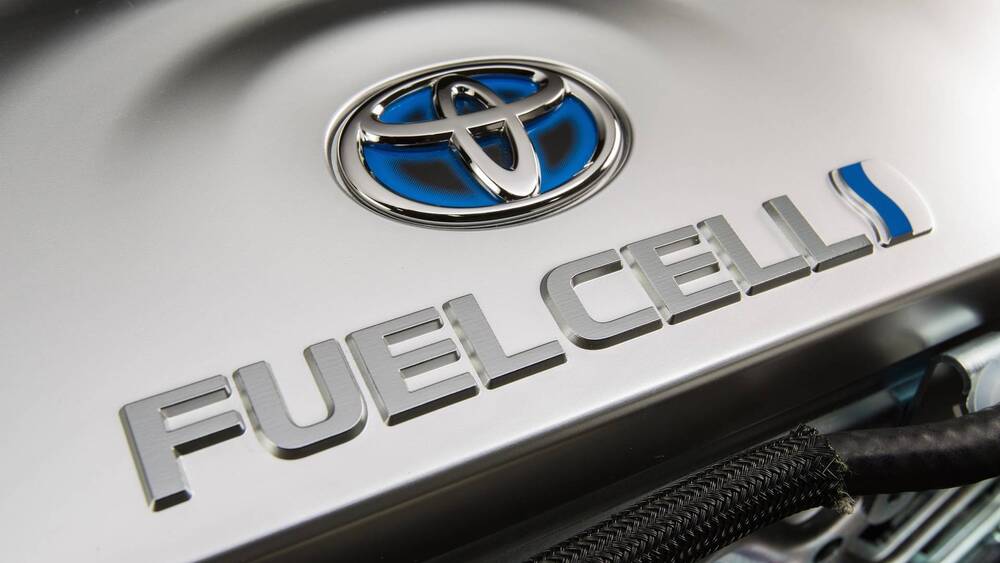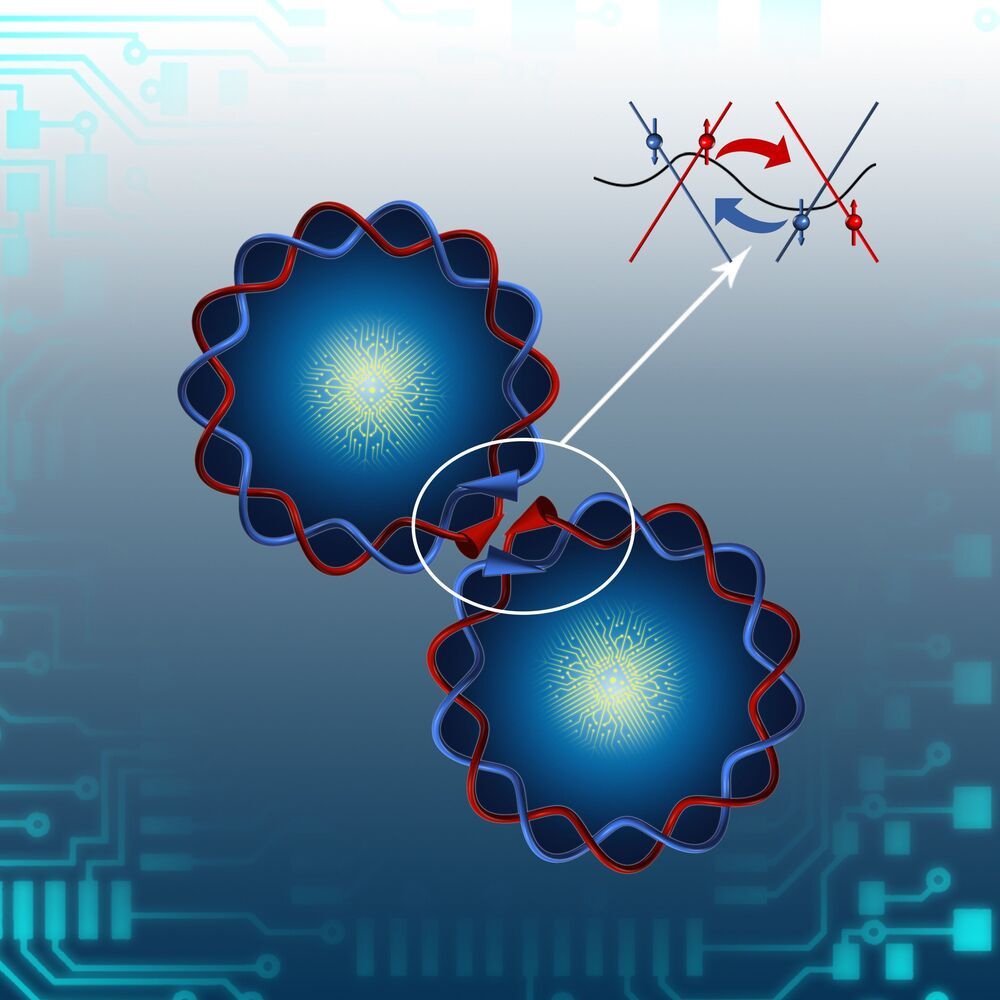Researchers have found evidence for an anomalous phase of matter that was predicted to exist in the 1960s. Harnessing its properties could pave the way to new technologies able to share information without energy losses. These results are reported in the journal Science Advances.
While investigating a quantum material, the researchers from the University of Cambridge who led the study observed the presence of unexpectedly fast waves of energy rippling through the material when they exposed it to short and intense laser pulses. They were able to make these observations by using a microscopic speed camera that can track small and very fast movement on a scale that is challenging with many other techniques. This technique probes the material with two light pulses: the first one disturbs it and creates waves—or oscillations—propagating outward in concentric circles, in the same way as dropping a rock into a pond; the second light pulse takes a snapshot of these waves at various times. Put together, these images allowed them to look at how these waves behave, and to understand their ‘speed limit.’
“At room temperature, these waves move at a hundredth of the speed of light, much faster than we would expect in a normal material. But when we go to higher temperatures, it is as if the pond has frozen,” explained first author Hope Bretscher, who carried out this research at Cambridge’s Cavendish Laboratory. “We don’t see these waves moving away from the rock at all. We spent a long time searching for why such bizarre behavior could occur.”
